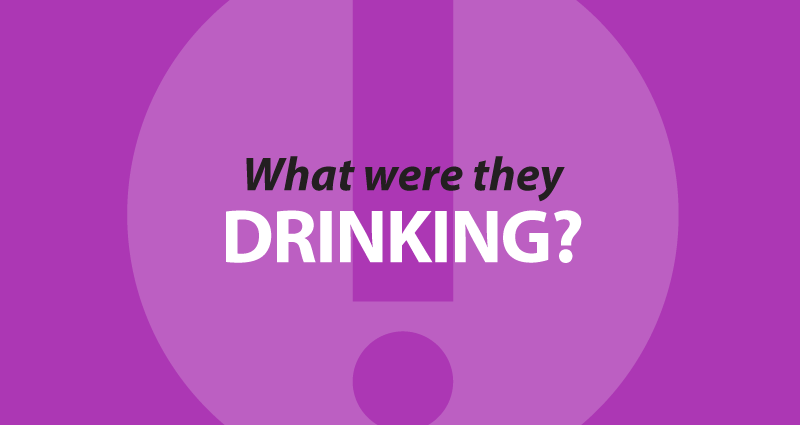
How deluded management almost diluted a brand
 Anyone that has gone on the Kentucky Bourbon Trail (yes, it does exist), has probably visited more than one of the participating distilleries. My wife and her sister have used the trail as an excuse for a weekend getaway more than once, and one of their favorite stops was at Maker’s Mark.
Anyone that has gone on the Kentucky Bourbon Trail (yes, it does exist), has probably visited more than one of the participating distilleries. My wife and her sister have used the trail as an excuse for a weekend getaway more than once, and one of their favorite stops was at Maker’s Mark.
Why? Because Maker’s Mark is great at creating brand champions.
Not only do visitors get to hear about how the local limestone purifies the spring waters used to make the bourbon, and how the charred white oak barrels add to the flavor as they taste the wares, but visitors can also sign up to put their name on a barrel of bourbon that is currently being made. Then, when the barrel is up for tapping in seven years, they’re notified in case they want to purchase a bottle or two from “their” barrel.
The marketing doesn’t stop there. Every time there is a tasting event anywhere nearby, my wife gets notified. For the last few Christmases, my wife has even received presents from Maker’s Mark, from knitted sweaters that just happen to fit a bottle of MM, to gift boxes and special freezer trays that make a round ice ball with the MM logo. Of course all of the gifts are targeted around the purchasing of more Maker’s, but the continual connection with the consumer after the initial visit is bound to turn them into a brand champion.
They even call their brand champions “Ambassadors,” and reserve a section on the website (called the Maker’s Mark Embassy) for Ambassadors only. There, they can view their passport, update contact info, and — get this — print business cards or order a barrel plate. Marketing Genius.
But Jim Beam, the owner of Maker’s Mark, had a problem.
Demand was exceeding their supply, and since it takes a few years of aging to make more bourbon, the law of supply and demand meant that the retail price would go up in the short term. But Maker’s isn’t the only bourbon they make, with Jim Beam at the low end and Knob Creek, Basil Hayden’s, and Booker’s at the high end, so rising prices for Maker’s could affect sales of other brands.
So management announced that they were going to lower the alcohol content in their bourbon in order to fill demand for the product and not raise prices. It wasn’t by a lot (3% less alcohol by volume), and they claimed the extra water did not change the taste of the bourbon in all the tests they ran.
Of course, once the decision was announced in the media consumers got upset, the online world started filling up with snarky, nasty comments, the media got a new story about how upset consumers were, and Maker’s Mark backed down from their decision.
How did management err so badly?
Or should we ask, what were they drinking? My guess is that management made an executive decision and didn’t ask the marketing team.
Because anyone with the sense to focus on brand champions would know that you never dilute the brand.
- Why your CU really needs an intranet - February 19, 2025
- Are you scared yet? - October 22, 2024
- OMG! Who really IS our competition?!? - September 24, 2024
